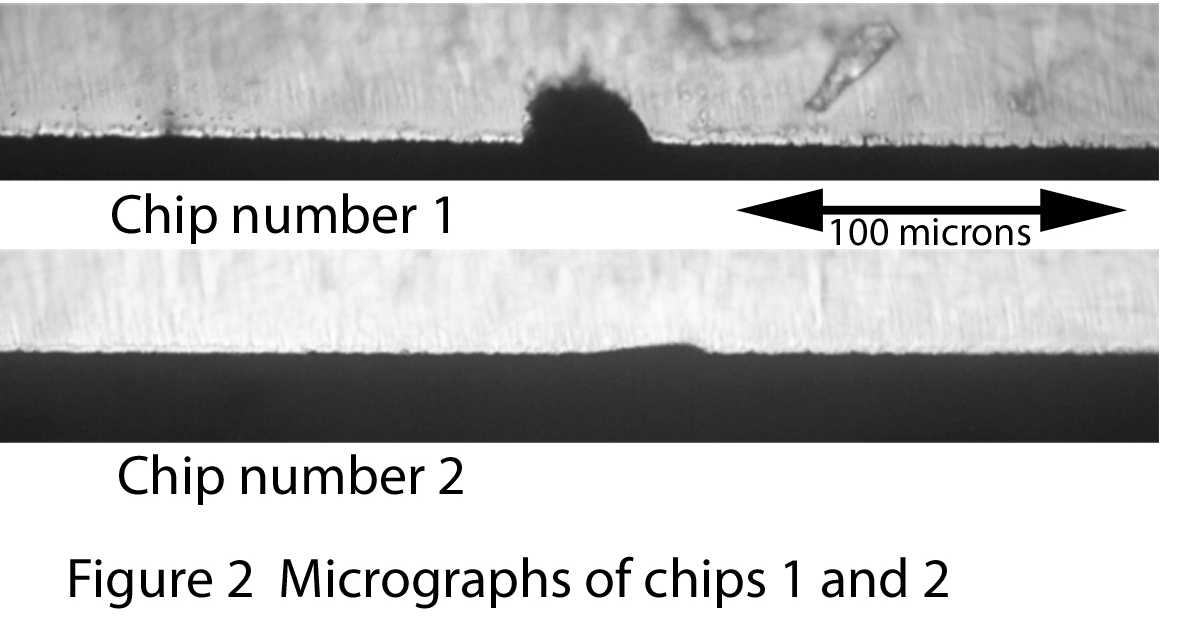That was my overall interpretation of the results, that the HRC of the steel was responsible for better or lower performance of the absolute tip of the apex. It's supported by the low alloy steels at high HRC out performing the high alloy steels at a lower HRC. Also it applied in reverse as well, as the high alloy steels out performed the low alloy steels when the HRC advantage was reversed. But chemical composition does seem to play somewhat of a secondary role, and it does have an impact.
Multiples of the same steel were used at different HRC, soft D2 (running at whatever Ontario runs it at, I would guess no higher than 57-58 HRC) scored low only getting a 3, then another D2 blade running at a higher HRC over 60+ scored a 6, so it literally doubled its edge stability just by increasing the HRC by a few points.
I don't think this exact test would be good for very thin straight razors, but it could be good if the pound of pressure were lessened. I believe the results would translate and be quite consistant, but 30 pounds of pressure is too high. 3 lbs of pressure or less could be used and would still gain soem sort of repeatable results.
I'm not a big straight razor collector so I don't really have access to a large selection of razors in various exotic steel types, I would like to read or see the results if somebody else does happen to have enough razors to do the test with.
It's a very easy test to set up, the flooring companies won't even charge you for the vinyl tiles, they give them away in samples online.


